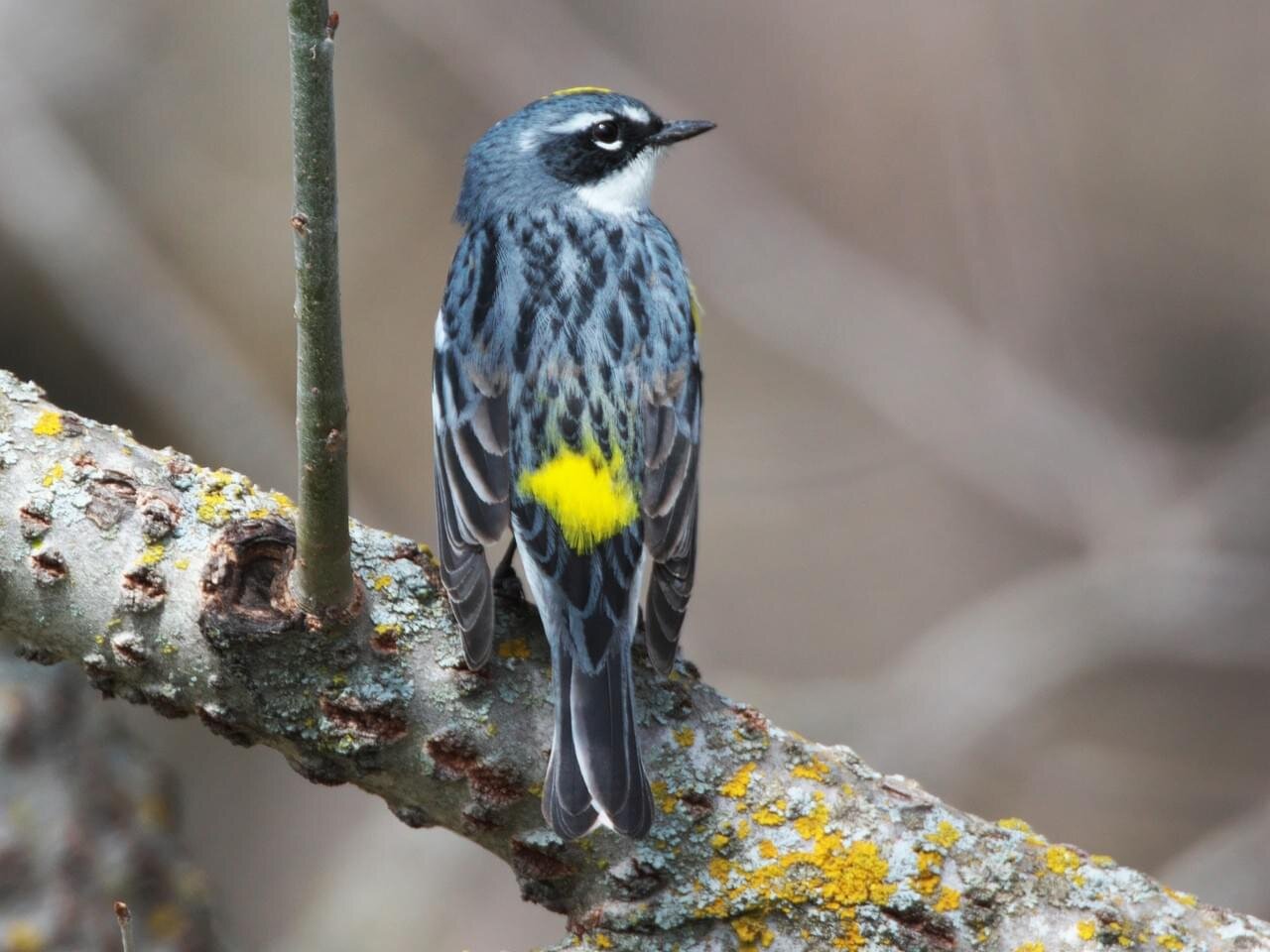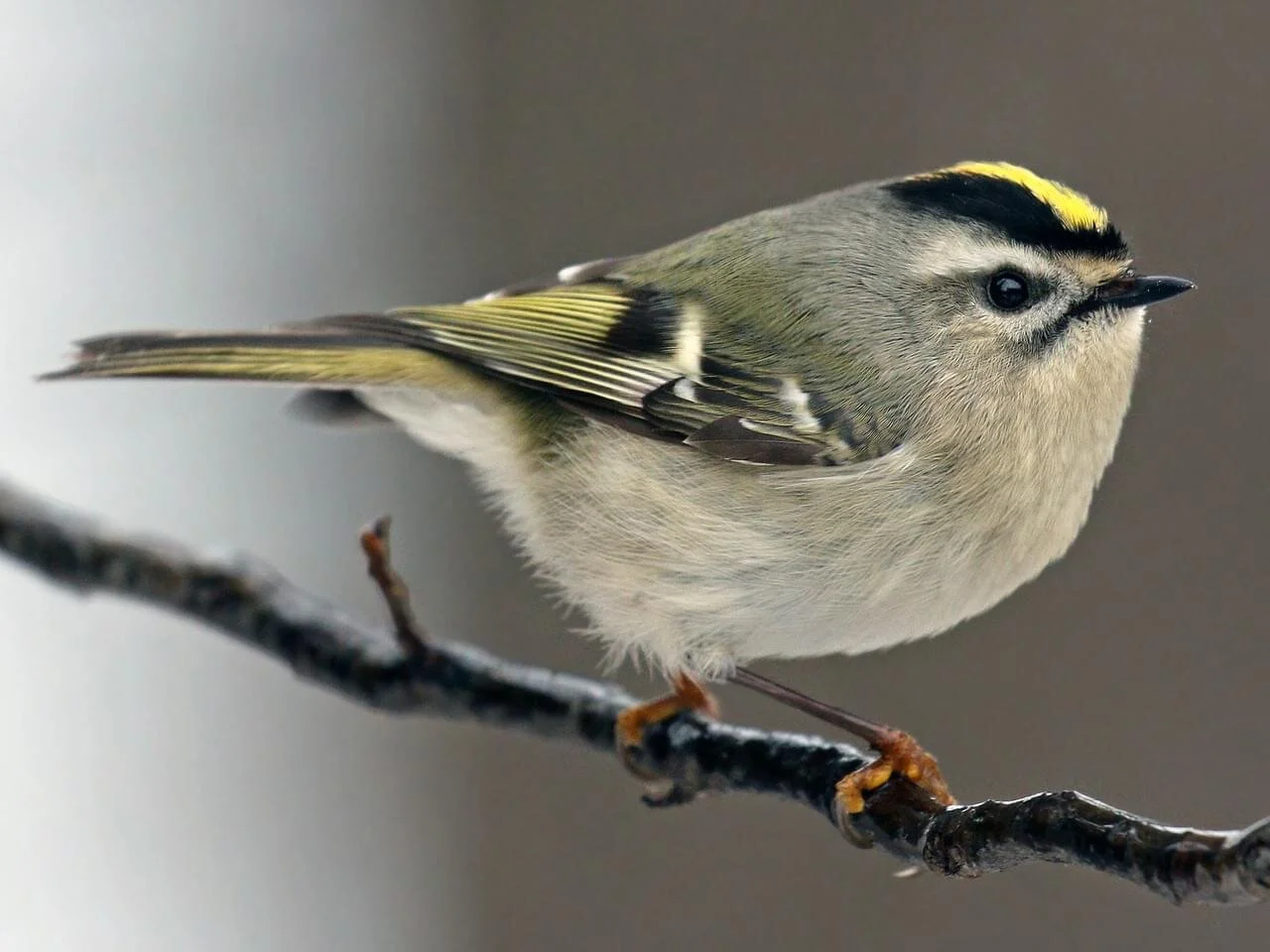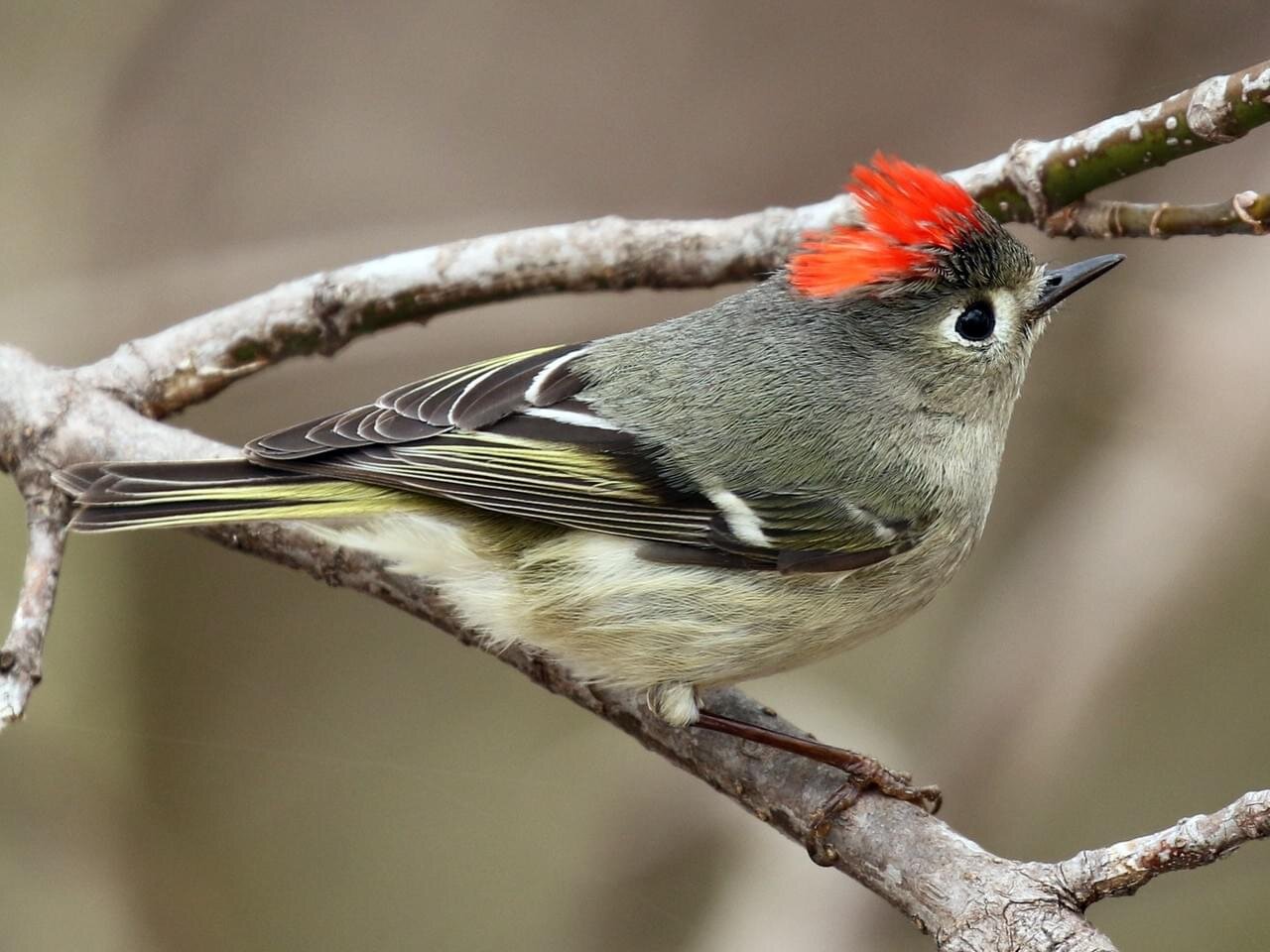Coming Soon. The Great Backyard Bird Count.
Once again the Great Backyard Bird Count is just a few weeks away, February 18th thru 21st. The GBBC is a worldwide online citizen-science project, the first of its kind, to collect data on wild birds and display results in near real time. It was launched in 1998 by the Cornell Lab of Ornithology and the National Audubon Society.
Our observations and data help scientists better understand global bird populations before one of their annual migrations.
Visit www.birdcount.org/about/ for more info on the count!
It’s fun and easy to participate and all you need is a birdfeeder or two. Information and instructions are available through the link provided. The 3 steps to participating are as follows:
Step 1 – Decide where you will watch birds. Easy enough. Your backyard works just fine.
Step 2 – Watch birds for 15 minutes or more, at least once over the four days, February 18-21, 2022.
Step 3 – Count all the birds you see or hear within your planned time/location and use the best tool for sharing your bird sightings:
If you are a beginning bird admirer and new to the count, try using the Merlin Bird ID app.
If you have participated in the count before, try eBird Mobile app or enter your bird list on the eBird website www.ebird.org (desktop/laptop).
If you are participating as a group, see instructions for Group Counting.
We hope you will participate and present your data for a very worthy study.
Recent Bird Sightings of Interest
Locally, a number of customers have seen Pine Warbler at suet feeders during the recent snow falls. They are one of the few warblers to be seen here in winter. Others sometimes seen at feeders include Orange-crowned and Yellow-rumped warblers.
Elsewhere in the state, bird sightings of particular interest include a Painted Bunting being seen consistently in Knoxville. Painted bunting, like Indigo bunting, usually migrate back to Central and South America in the fall and return in the spring.
Great Horned owls on Nest
You may not know that Great horned owls begin nesting as early as mid-January and February in southern parts of the U.S. Clutch size of GH owls is between 1 and 4 eggs and it takes 30-37 days to incubate. The fledgling period takes roughly 42 days. Pine trees are often a favorite choice of nesting location as are cavities in live trees, dead snags, deserted buildings, cliff ledges, and man-made platforms. I once witnessed a GH owl nest on a cliff-ledge along the Harpeth River.
The video below is taken from a live stream of a GH owl in Savannah Georgia. Click here to link to the live stream.
















